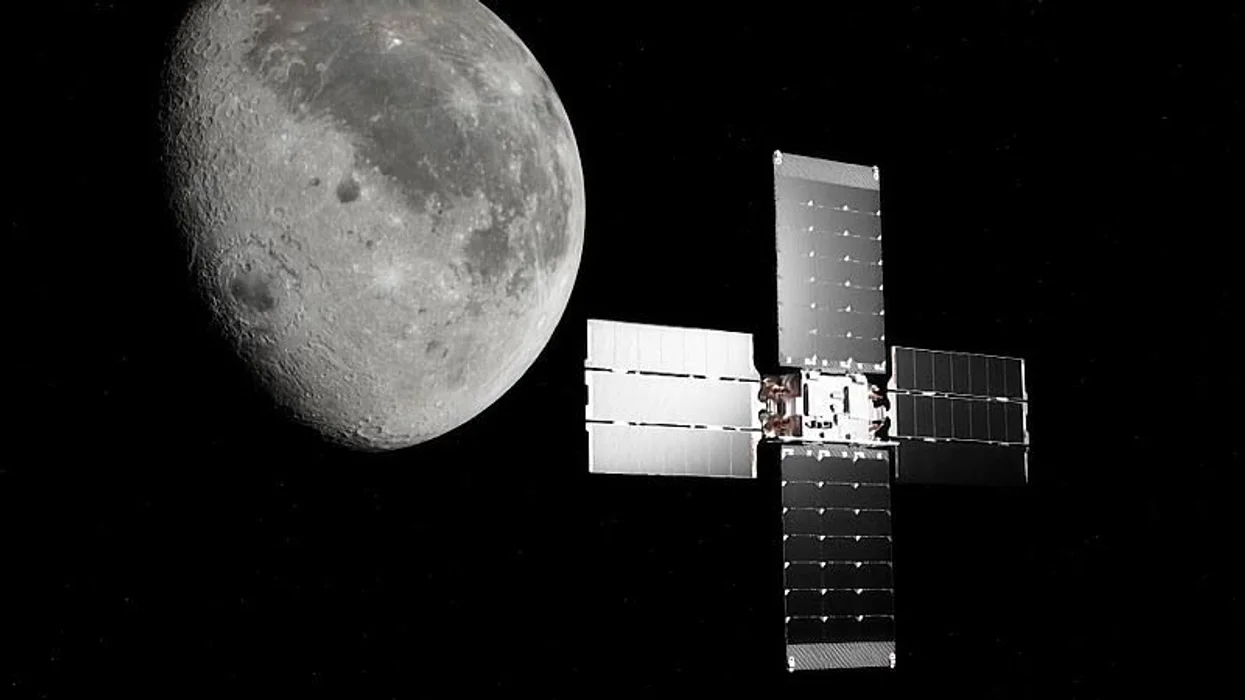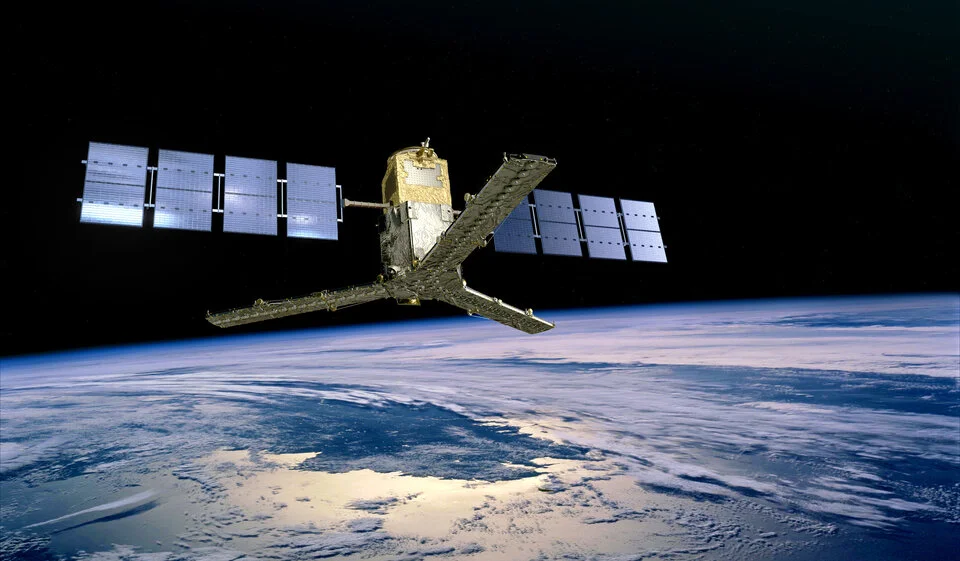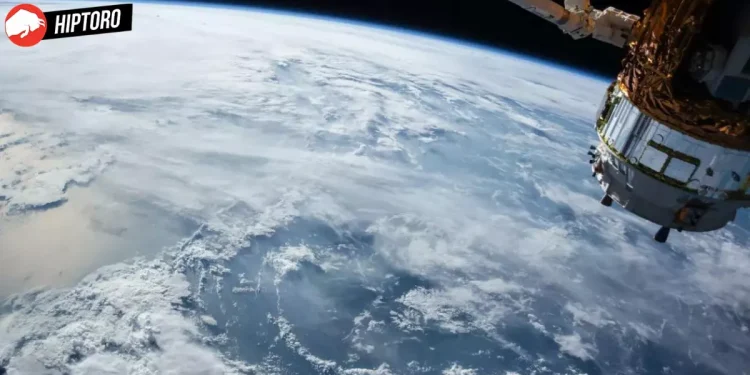After conducting extensive research, scientists have discovered a 12 billion year old body of water which is also the largest water reservoir in space. In an extraordinary discovery, they have located the largest water reservoir in the cosmos, which is not located on Earth but is instead drifting into the depths of space.

12 Billion Year Old Water Reservoir Found In Space
Two astronomy teams have made a remarkable revelation – the most expansive and distant water repository in the universe. It is estimated to be 12 billion years old, which is significantly greater than the entire amount of water on our planet.
In addition, it is estimated that this reservoir is 140 trillion times larger than all the water present in our oceans. It is highly improbable that you would be able to observe the ocean with a microscope, considering that it is situated near a gargantuan quasar, which is a kind of black hole and is 12 billion light-years away.
Analysis of research by scientists has revealed that at one point in its history, the universe was only 1.6 billion years old. Matt Bradford, a scientist at NASA‘s Jet Propulsion Laboratory in Pasadena, California, found that this discovery showed the existence of water throughout the universe.
“The environment around this quasar is unique in that it’s producing this huge mass of water. It’s another demonstration that water is pervasive throughout the universe, even at the very earliest times.”
Quasars are enormous astronomical events that emit a tremendous amount of energy throughout the entire electromagnetic spectrum. The energy is created by the gas and dust that is drawn into the core of a supermassive black hole.

The object of study for two astronomers was APM 08279+5255, a quasar with a black hole having a mass 20 billion times greater than that of the Sun, that emits energy equivalent to a million billion Suns.
Bradford and his colleagues identified a variety of spectral fingerprints of the water, which furnished them with extra data, most notably its huge size.
Although water is prevalent in the Milky Way, before this research, scientists had not identified any water vapor in the early universe. In order to enhance our perception of the distant sky, this study proposed building a 25-meter telescope in the Atacama Desert of Chile.
Astronomers intend to gain greater insight into the faraway cosmos, and the people involved in this research have suggested constructing a 25-meter telescope in the Atacama Desert of Chile.
In 2020, the Cerro Chajnantor Atacama Telescope (CCAT) was rechristened Fred Young Submillimeter Telescope (FYST) in recognition of Cornell alumnus Fred Young, who had financially supported the telescope with 16 million dollars over two decades. Unfortunately, due to a lack of funds, the project to build the telescope has been suspended.
Earth’s Largest Water Reservoir
The Earth has 97.3% of its water in the form of the ocean, the largest water body on the planet. Unfortunately, this water is saline and unless it is desalinated, it is unfit for consumption. Following glaciers and polar ice, the next largest water reserves account for a little more than 2%.

Certain countries, like Saudi Arabia, have thought of relocating icebergs from the icy Arctic and utilizing them as a source of potable water. However, this is usually not financially feasible in most cases.
Drilling deeper into the Earth will eventually lead to the discovery of groundwater, which is the main source of drinking water.
The permeability of the Earth determines how much water it can hold; this is dependent on the tiny gaps and fissures between the rocks. When one digs into the ground, it may not be wet due to the air-filled pores.









